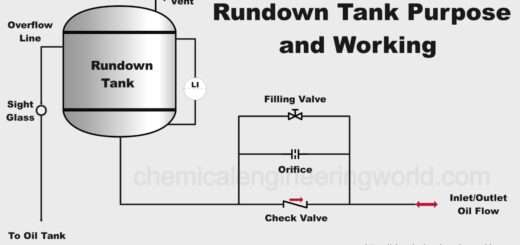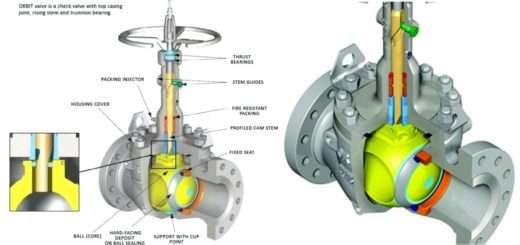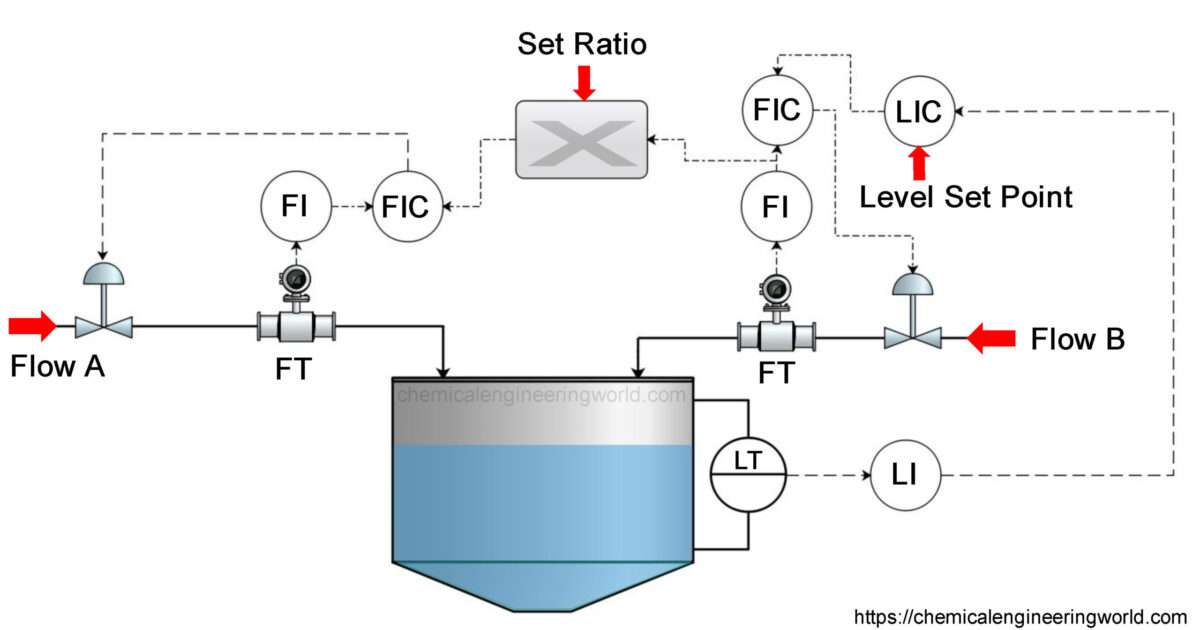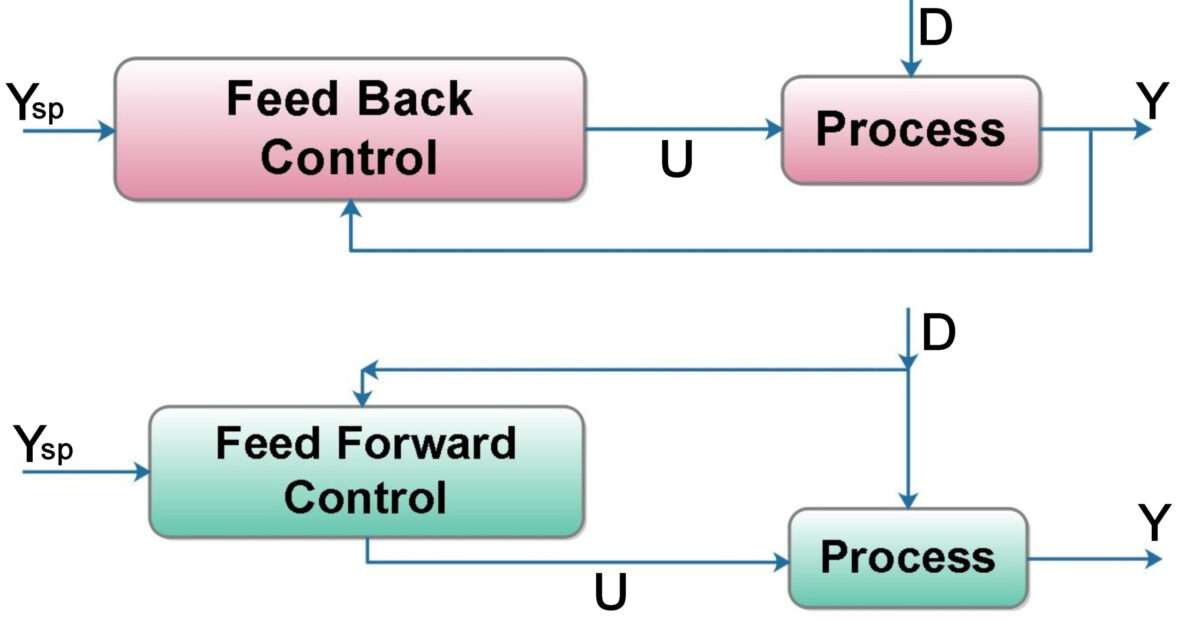Zirconium Element Properties and Information

Zirconium Element Properties and Information
Zirconium is fortieth element on the periodic table. Elements are arranged in the periodic table on the basis of the atomic number. Atomic number is the number of protons in the nucleus of the atom. Zirconium has an atomic number of 40. It is located in the Group 4 and Period 5 of the periodic table of elements. It is denoted by Zr. The name is derived from the Arabic word ‘Zargun’ which means Gold Coloured.
Zircon ore was known to be use from ancient times. Martin Kalporth was the first one who took zircon ore and tried to separate zirconium metal from it in 1789 but he was only able to separate its ‘earth’ which means zirconium oxide. The metal was separated by Jöns Berzelius in 1825 by heating potassium hexafluorozirconate with potassium metal. The zirconium was obtained as a black powder.
Zirconium occurs in about 30 minerals. The most common among them are zircon and baddeleyite.
Physical Properties
- Zirconium is a lustrous, grey-white metal.
- The atomic mass of zirconium is 91.22
- The melting point of zirconium is 1853°C
- The boiling point of zirconium is 4400°C
- The density of zirconium is 6490 in S.I. units at 20°C
- Zirconium embodies a hexagonally closed-packed crystal structure at room temperature. Above 863°C the crystal structure changes to body centered cubic.
- Zirconium has five naturally occurring isotopes; zirconium-90, zirconium-91, zirconium-92, zirconium-94, and zirconium-96.
Chemical Properties
- Zirconium is highly flammable in powdered form.
- Most of the compounds formed by zirconium are colourless. They are diamagnetic in nature with zirconium having oxidation state of +4.
- The most common zirconium compound is zirconia which is actually zirconium oxide.
- Zirconium forms halides with each member in the halogen family.
Methods of Production
- Crystal bar process: This was the first method developed for the production of metallic zirconium. It involved production of zirconium iodides and they were subjected to decomposition to obtain ultra pure zirconium in small quantities.
- Kroll process: The titanium chloride is reacted with liquid magnesium to obtain titanium metal. The process is set at 800-850°C. Major challenges of the process are impartial reduction of titanium chloride which is usually tackled by using leaching and vacuum distillation.
Relevance in Chemical and Related Industries
- Ceramic industries: Zircon is used as an opacifier conferring a white opaque appearance to ceramics. It is also moulded into containers to store high temperature objects.
- Alloys: Due to its high corrosion resistant properties, small amount of zirconium is added to alloys which are to be subjected to extremely corrosive environment.
Relevance in Other Industries
- Nuclear industry: About 1% of nuclear cladding contains zirconium.
- Medicine: Zirconium bearing compounds are used in many biomedical applications such as dental implants, knee and hip replacement components, ear ossicular chain reconstruction, etc.
Health Effects on Exposure
Radiation risk: One of the elements used in atmospheric nuclear testing is zirconium-95. It will continue to increase cancer risk for decades to come.
Effects on Surroundings
- Non-radioactive zirconium presence in surroundings is observed to not affect environment.
References:
https://en.m.wikipedia.org/wiki/Zirconium
































